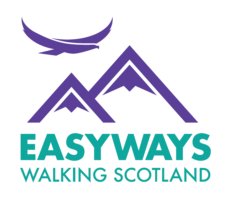The Highlands
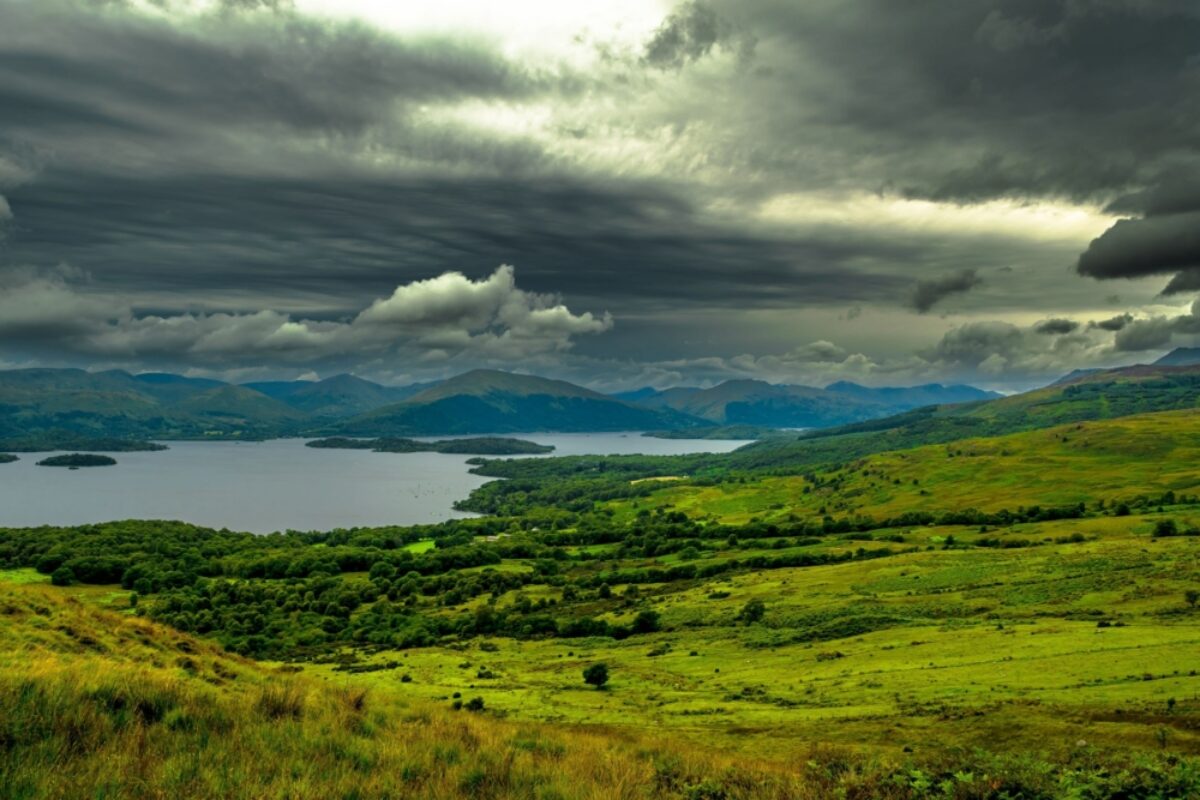
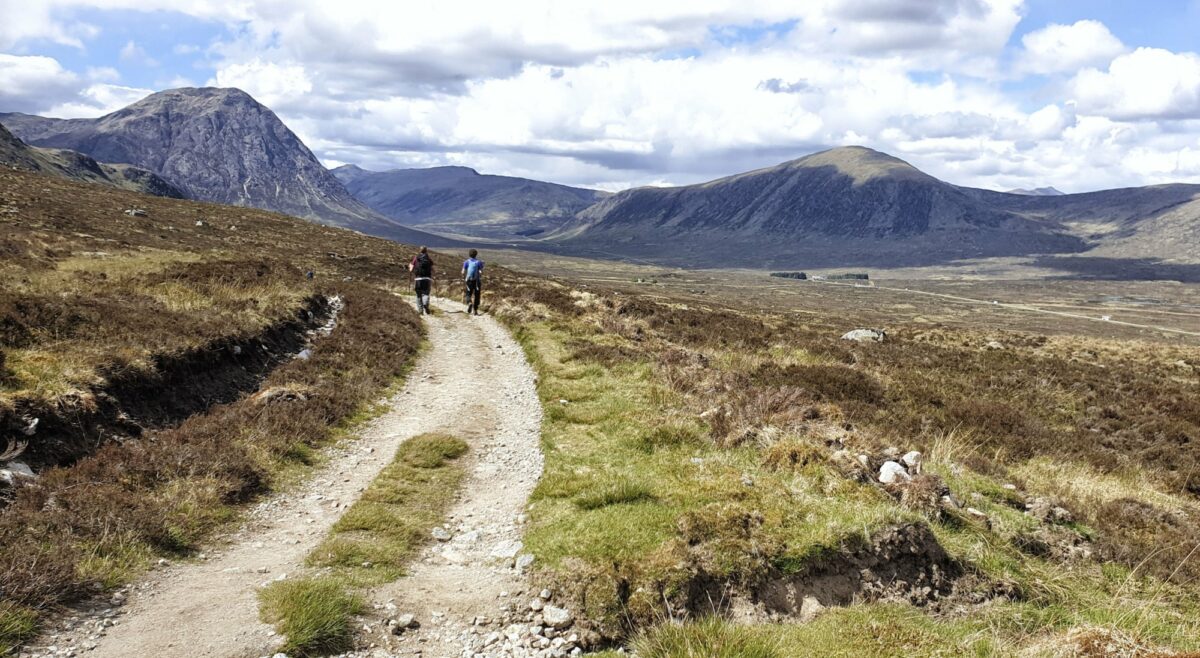
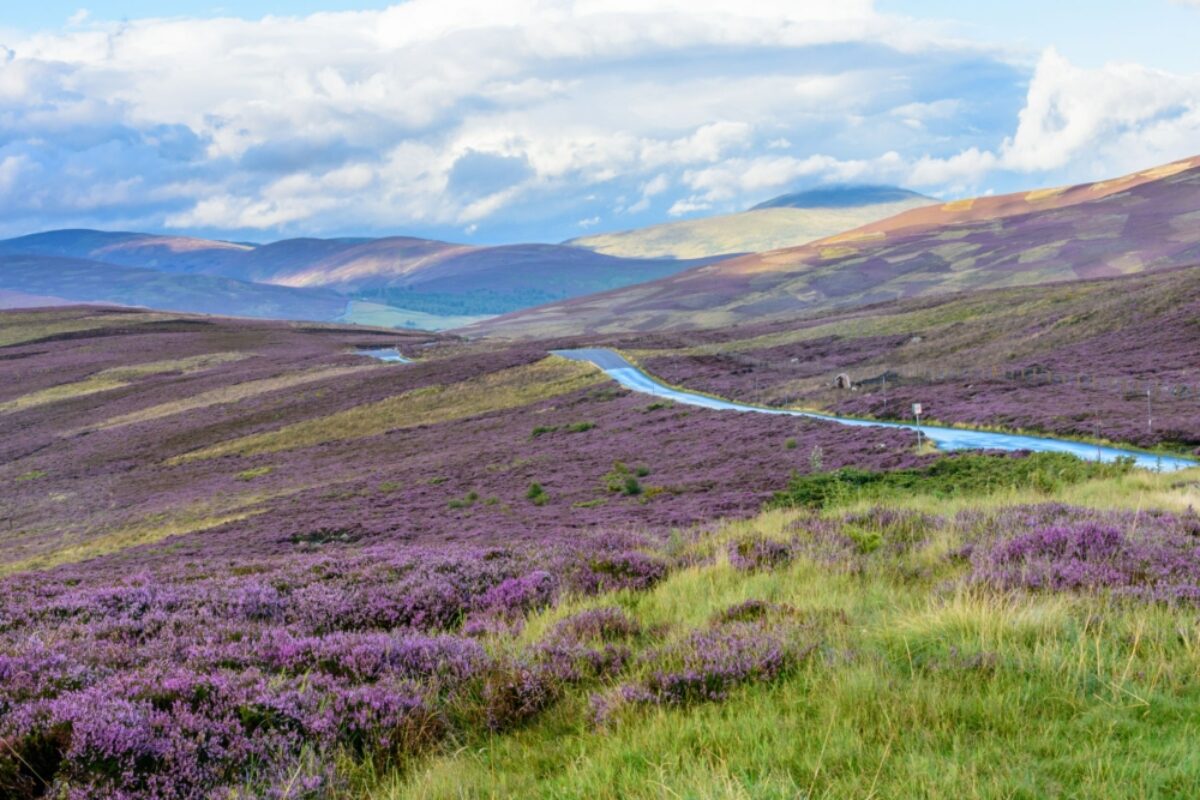
Scotland’s geological fault line runs from the Isle of Arran in the south-west to Stonehaven in the north-east, delineating the dramatic Highlands from the more gently rolling landscapes to the south.
This vast, sparsely populated area is the closest thing to true wilderness in the UK, making the Highlands a justifiably popular region for serious walking and hiking holidays.
At 4,413 feet, Ben Nevis is the UK’s tallest mountain. The peak, accessible from Fort William, attracts over 100,000 summit-seekers each year, though it’s important to keep a close eye on the fast-changing weather if you’re attempting a climb. Further north, the view from the top of the short and steep Stac Pollaidh offers very different Highland views toward the stark beauty of the Assynt region. For another record-breaker, walk Duncansby Head near John-O-Groats, the most north-easterly corner of mainland Britain, where Orkney hovers on the horizon just over the Pentland Firth.
Most of Scotland’s waymarked long-distance paths traverse some part of the Highlands. The 96-mile West Highland Way leads walkers from the outskirts of Glasgow along Loch Lomond, through Glencoe and across Rannoch Moor to Fort William over six to ten days of walking. The easier-going Rob Roy Way crosses paths with the West Highland Way at the southern end of its 79 miles before diverting northeast across the Trossachs and Pertshire to end in Pitlochry. And picking up where the West Highland Way ends, the Great Glen Way stretches along canals, lochside and forested track for 85 miles.
Some of the main Highland walking hubs, such as Fort William, Pitlochry and Aviemore, are connected via the Scotrail train network, with yet more accessible by bus. If you’re relying on public transport these towns make a good base for day hikes (check out the Pitlochry Path Network of trails) or as departure points for long distance paths; West Highland Way, Great Glen Way, Speyside Way. Be sure to get advice from a walking holiday specialist. Given the region’s topography, a car becomes useful (and sometimes essential) to reach farther-flung areas on the west coast beyond Fort William, and the far north.
The Highlands is a vast region with landscapes that are suitable for hikers of all abilities. Families and inexperienced walkers might enjoy the easy-to-moderate woodland and shore paths of the Trossachs while the northwest Highlands and the wilder reaches of the Cairngorms present a challenge for even experienced multi-day trekkers and hillwalkers.
For maximum reward, finish a long day out in the elements with a pint or a whisky in the nook of a cosy pub. Most villages have at least one local, if you’re lucky you might time your visit for a ceilidh (pronounced ‘kay-lee’, a lively evening of folk music and dance.)
Walking in the UK
An essential guide to planning a walking holiday in the UK
The United Kingdom is a walking holiday paradise: Hundreds of thousands of miles of well-mapped public footpaths, beautifully varied landscapes, excellent hospitality, and easily accessible. It’s no wonder this is a nation of walkers. From the Scottish Highlands to the South Downs and almost everywhere in between, walker-friendly accommodation, well organised baggage transfer services and convenient transport connections make organising walking trips a piece of cake...read more
The Highlands Travel Guides
-
Great Glen Way
... -
Caithness
... -
John O'Groats
... -
Thurso
... -
Speyside
... -
Cairngorms National Park
... -
Loch Ness
... -
Caledonian Canal
... -
Inverness
... -
Fort William
... -
Sound of Arisaig
... -
Knoydart
... -
Loch Lomond & the Trossachs
...
The Highlands Tours
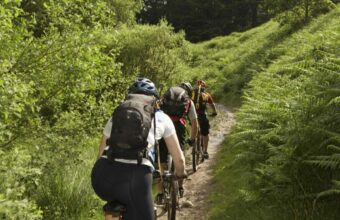
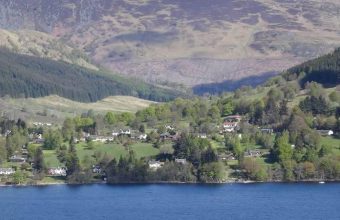
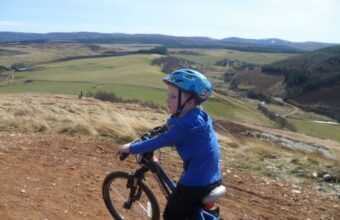
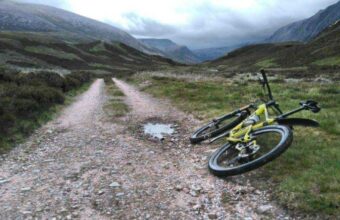
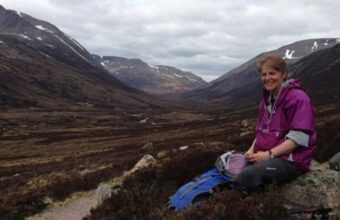
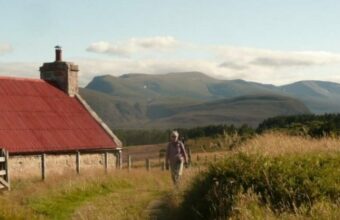
The Highlands Travel Companies
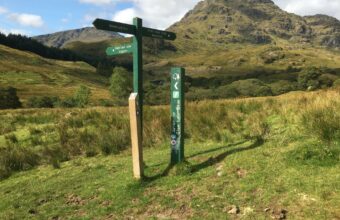
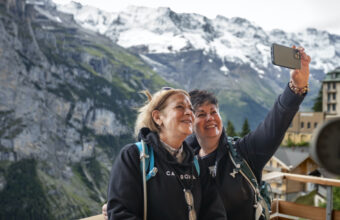
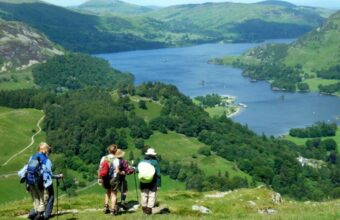
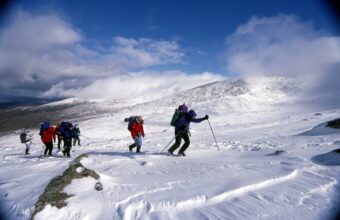
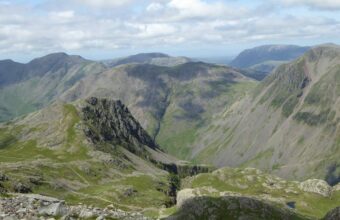
 The United Kingdom
The United Kingdom
Contours Holidays
Self-guided walking holidays in England, Scotland, Wales and Ireland

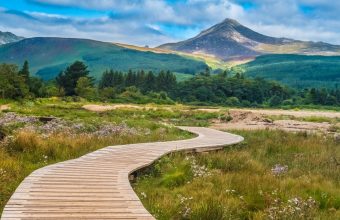
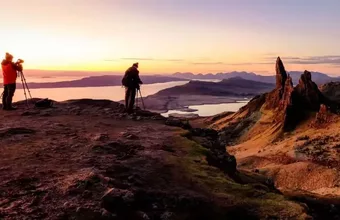
 The United Kingdom
The United Kingdom

